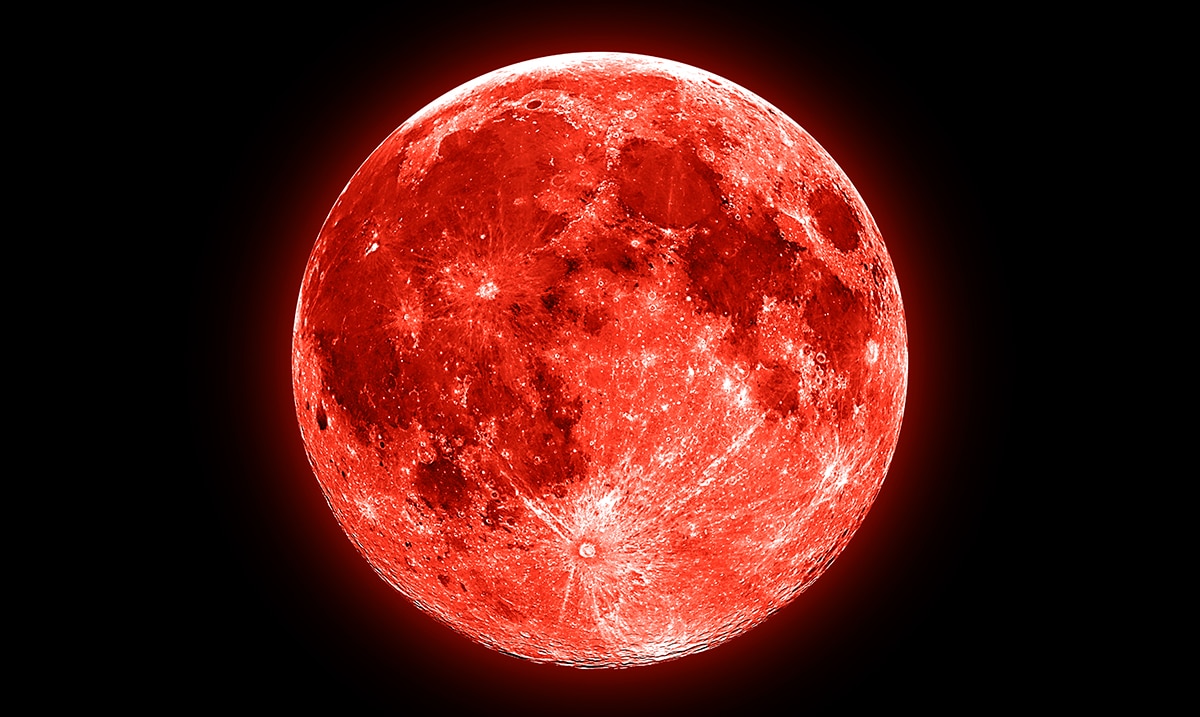It’s that time again: eclipse season is officially upon us, but not only that, the Taurid meteor shower is coming, too! And while some of us in the states and the U.K. were unable to see the recent solar eclipse-we will be able to see the blood moon eclipse- and it will be something you do not want to miss.
Full Beaver Moon
The full beaver moon will take place in addition to the eclipse. The reason it is called the Beaver moon, according to Almanac.com, is because the Native Americans in ancient times typically named each moon due to what was taking place at that time. During November, beavers take shelter and hibernate for the winter.
Eclipses always come in pairs, with one solar and one lunar. The solar eclipse happened in October, but unfortunately, was not visible to everyone. For those of us who missed the solar eclipse, the second eclipse is coming on November 8. Not only will this be a lunar eclipse, but because it will be a total lunar eclipse (not a part) it will be a blood moon!
What Is A Blood Moon?
A blood moon is what happens when the moon moves into the Earth’s umbral shadow and only receives light that is filtered throughout the atmosphere, and this is what makes it appear red.
When To Watch?
This particular full moon eclipse will be visible to those in North America, parts of South America, Australia, and New Zealand. For those in Iceland, the other parts of South America, south and central Asia, and Russia, you will be able to see a partial eclipse, which will only partially conceal the moon.
The eclipse will begin at 4:44 EST and will reach totality at 5:17 AM. The show will be over at 6:42 AM. On top of the eclipse, Uranus will also be very close to the moon, so if you look closely, you can see that too.
Unfortunately, there will not be another until May of next year, and it will only be partial, so I highly suggest checking this out.
Taurid Meteor Shower
According to Space.com,
During the next week or so, keep a sharp eye on the night sky for the possibility of catching sight of an outstandingly bright meteor, for there’s a chance that Earth will encounter a swarm of unusually large particles capable of generating some eye-catching really brilliant fireballs, the kind that make the unsuspecting public call the police.
Every year about this time, the Earth passes through a broad stream of debris left by the periodic comet Encke. The dusty material associated with this comet hits the Earth’s atmosphere at approximately 19 miles (30 km) per second and burns up, creating the Taurid meteor shower.
The 2022 version of the Taurids conceivably could turn out to be especially bright and put on an eye-catching show. But also, this year, unfortunately, these meteors will run up against some significant competition in the form of a full, or nearly full moon, which on most nights will light up the sky and likely will squelch most of the fainter streaks.
The Taurids are actually one of the year’s longest with some recognizable activity (at least a couple of shower members per hour) with their first forerunners appearing around Oct. 20th and their last stragglers disappearing around Nov. 30th. But it is during a one-week time frame extending from Nov. 5th through Nov. 12 when the Taurids are most active.
However, the lunar eclipse will help
But wait! There will be some dark sky time on the night of full moon because of a very special circumstance: For during the morning hours of Tuesday, Nov. 8, the full moon will undergo a total lunar eclipse as it passes completely into the Earth’s shadow. Totality will last 85 minutes and during that time, the moon will be reduced to at least 1/10,000 its normal brightness compared to just prior to the start of the eclipse. So, take advantage during the total phase and carefully scan the sky for some possible bright Taurid meteors.

